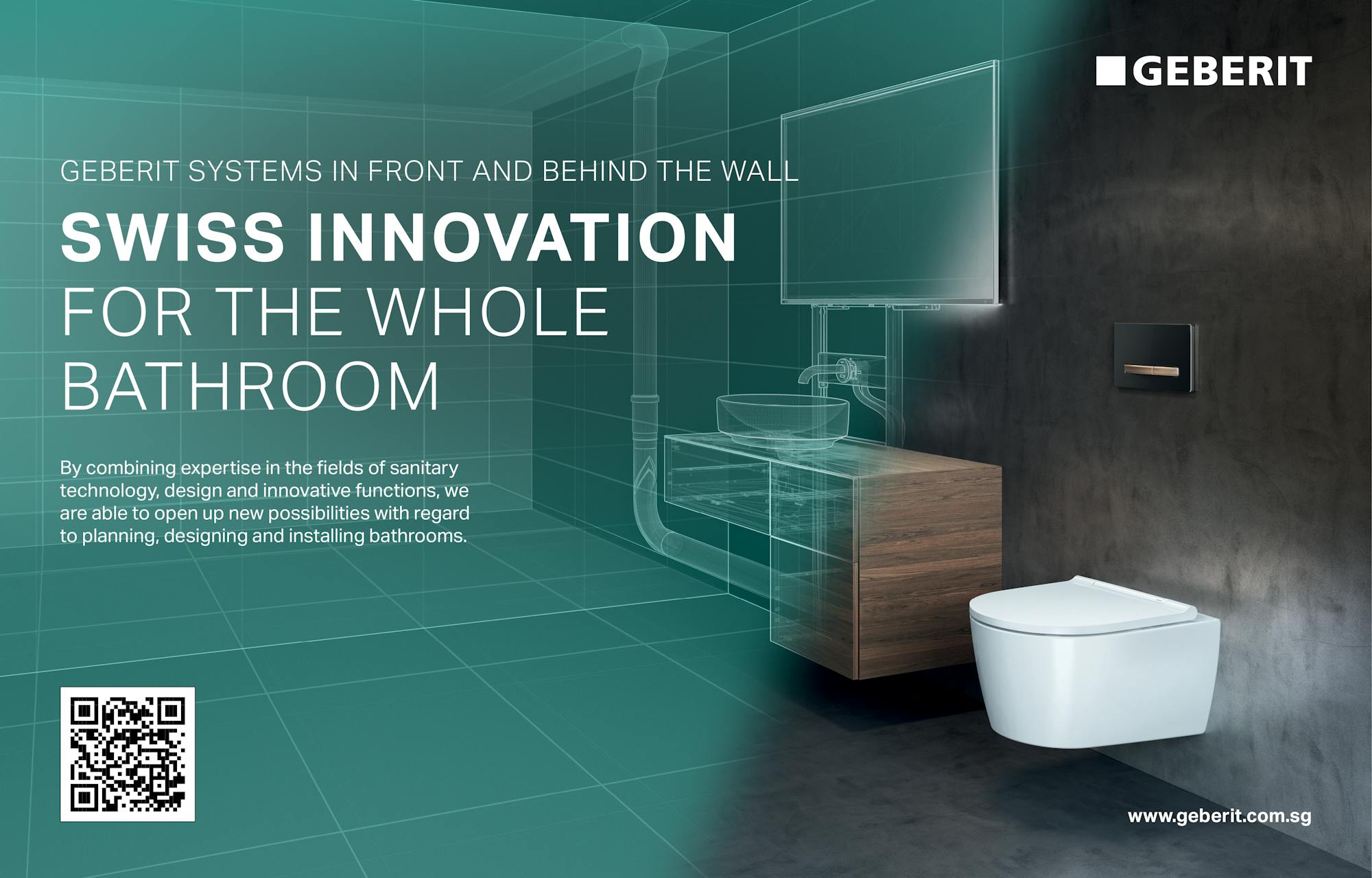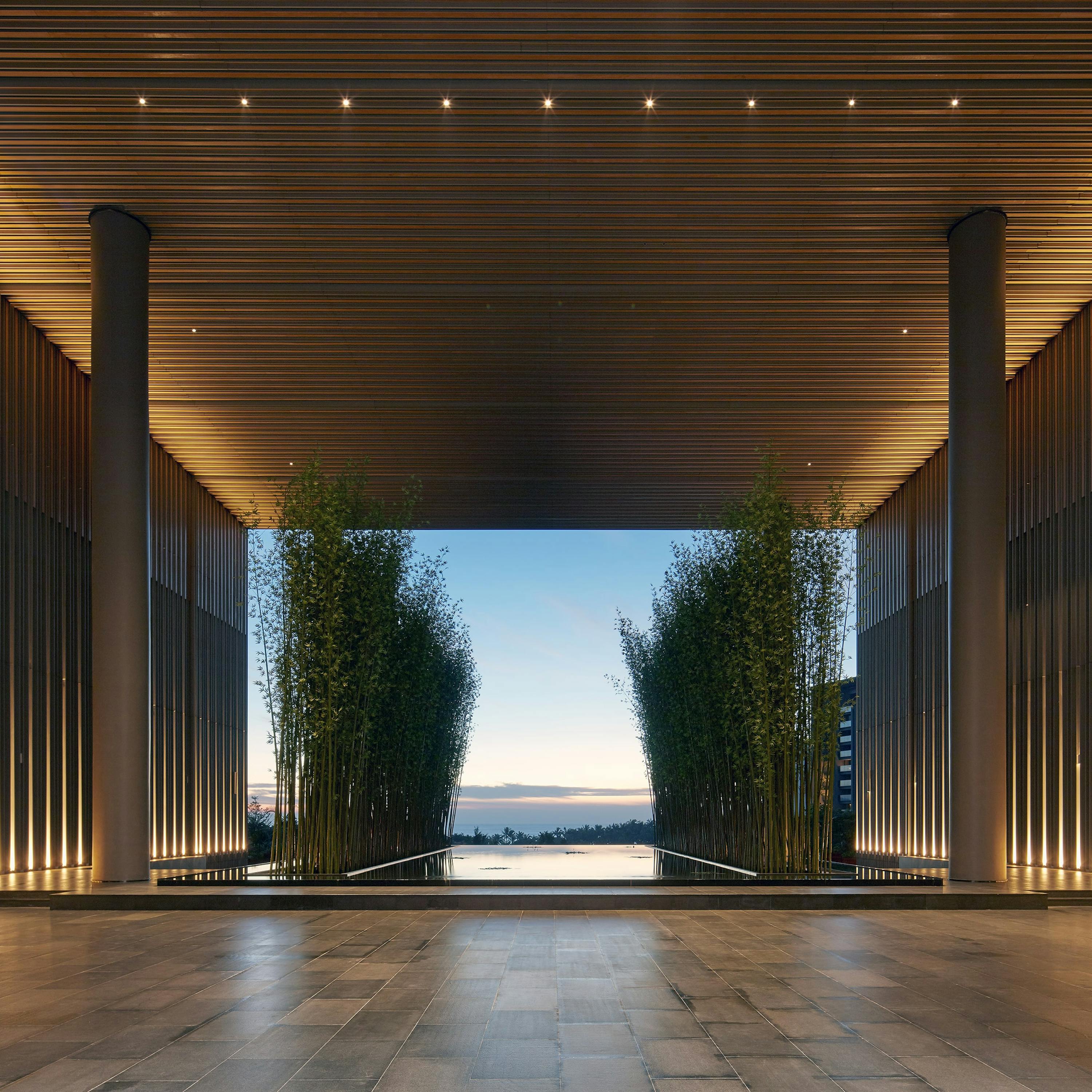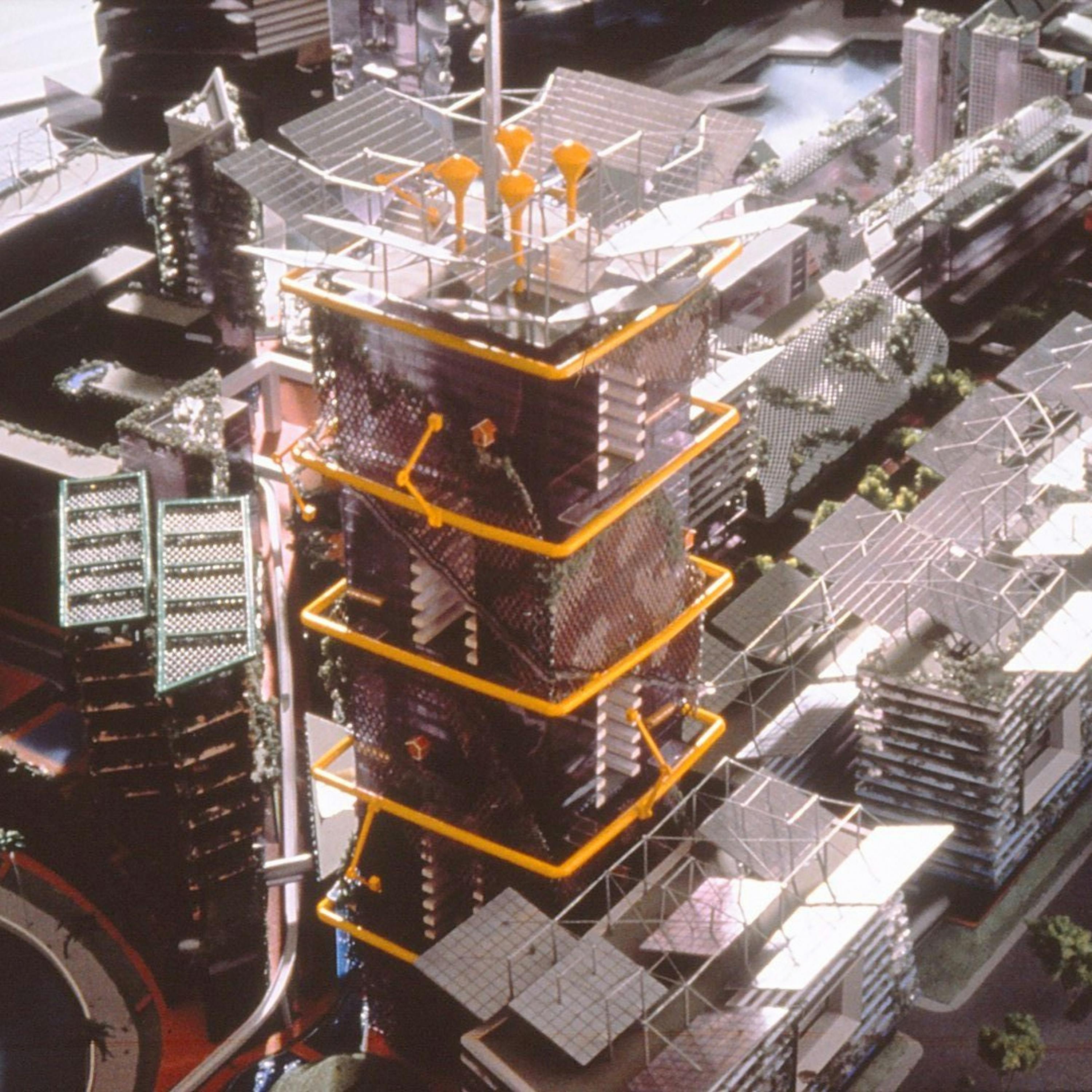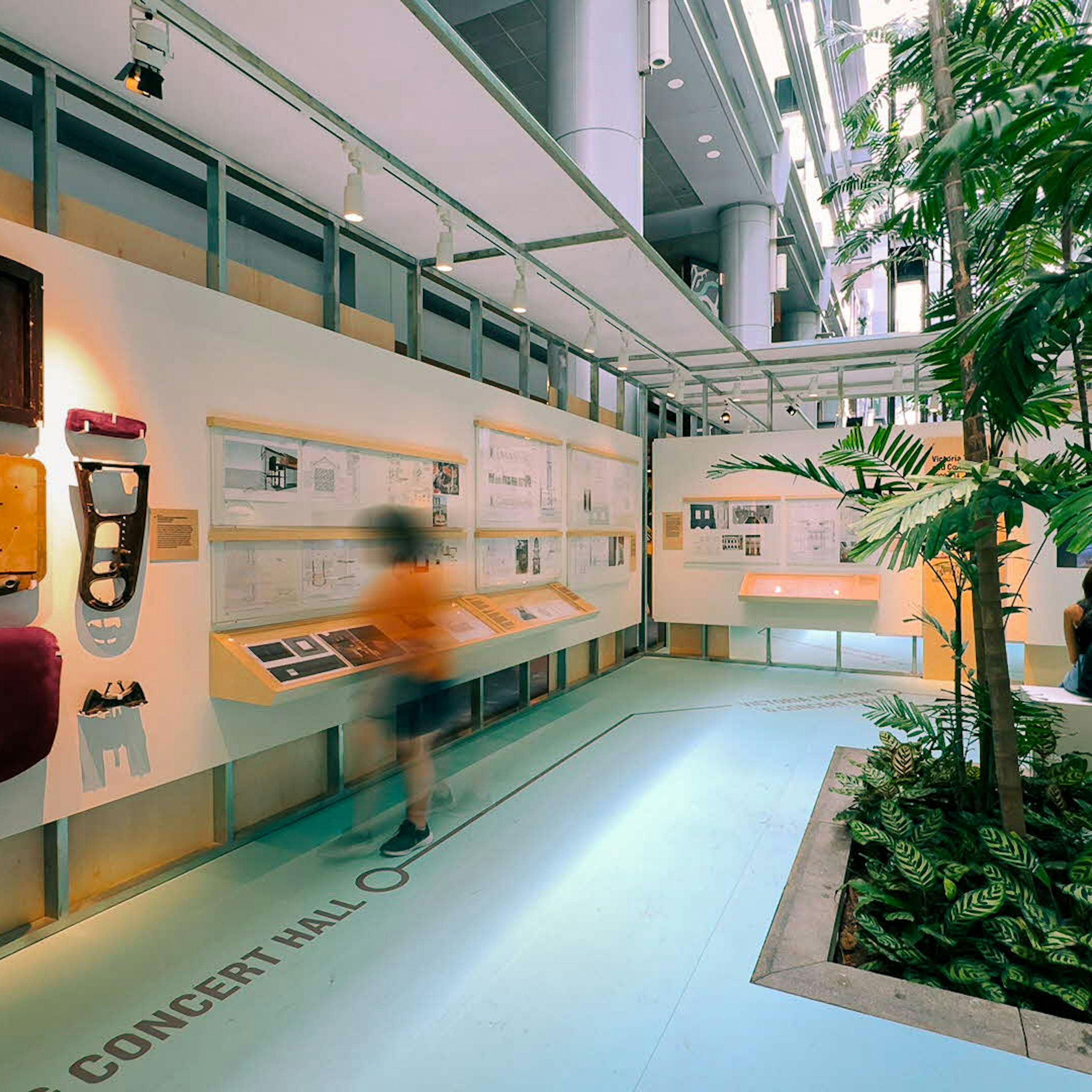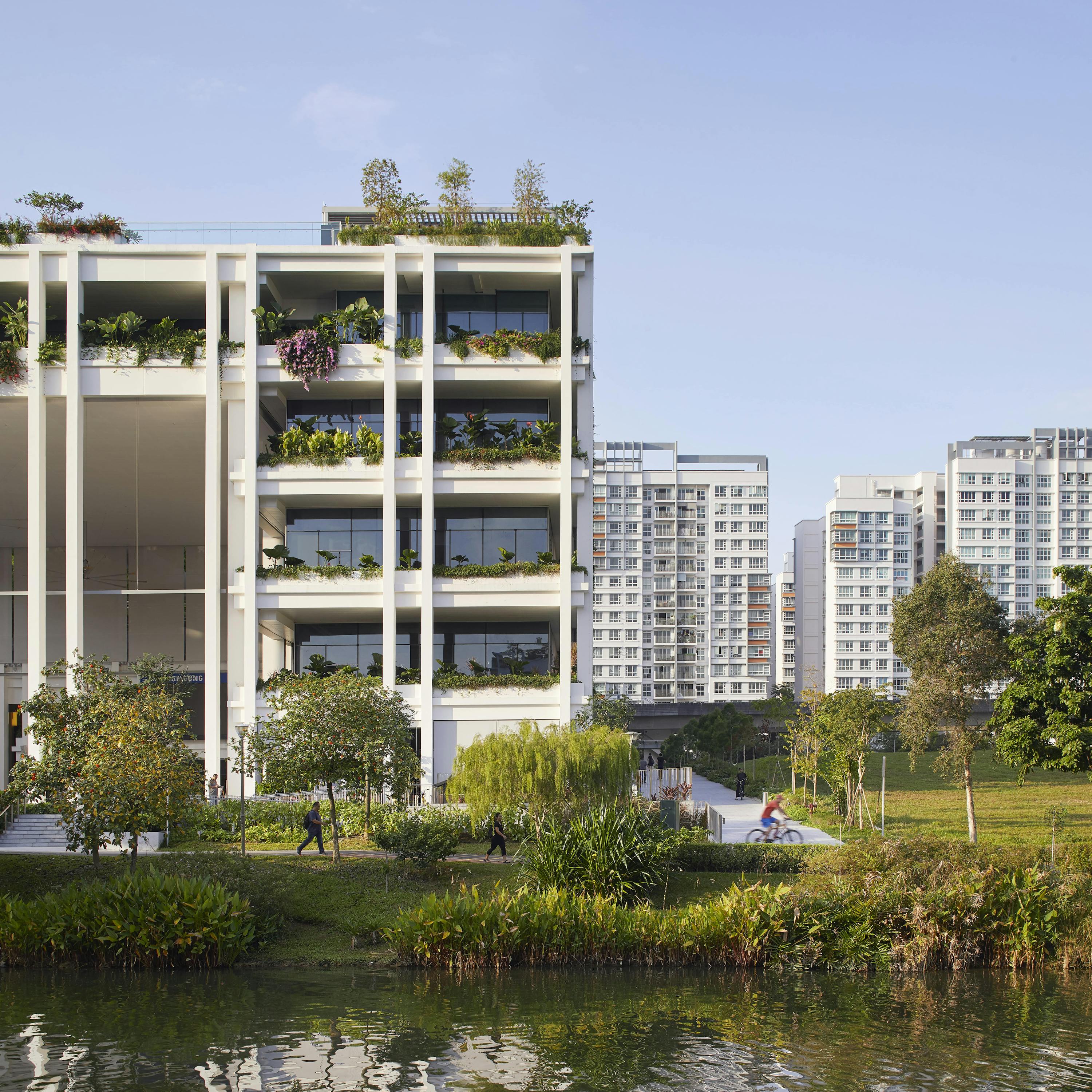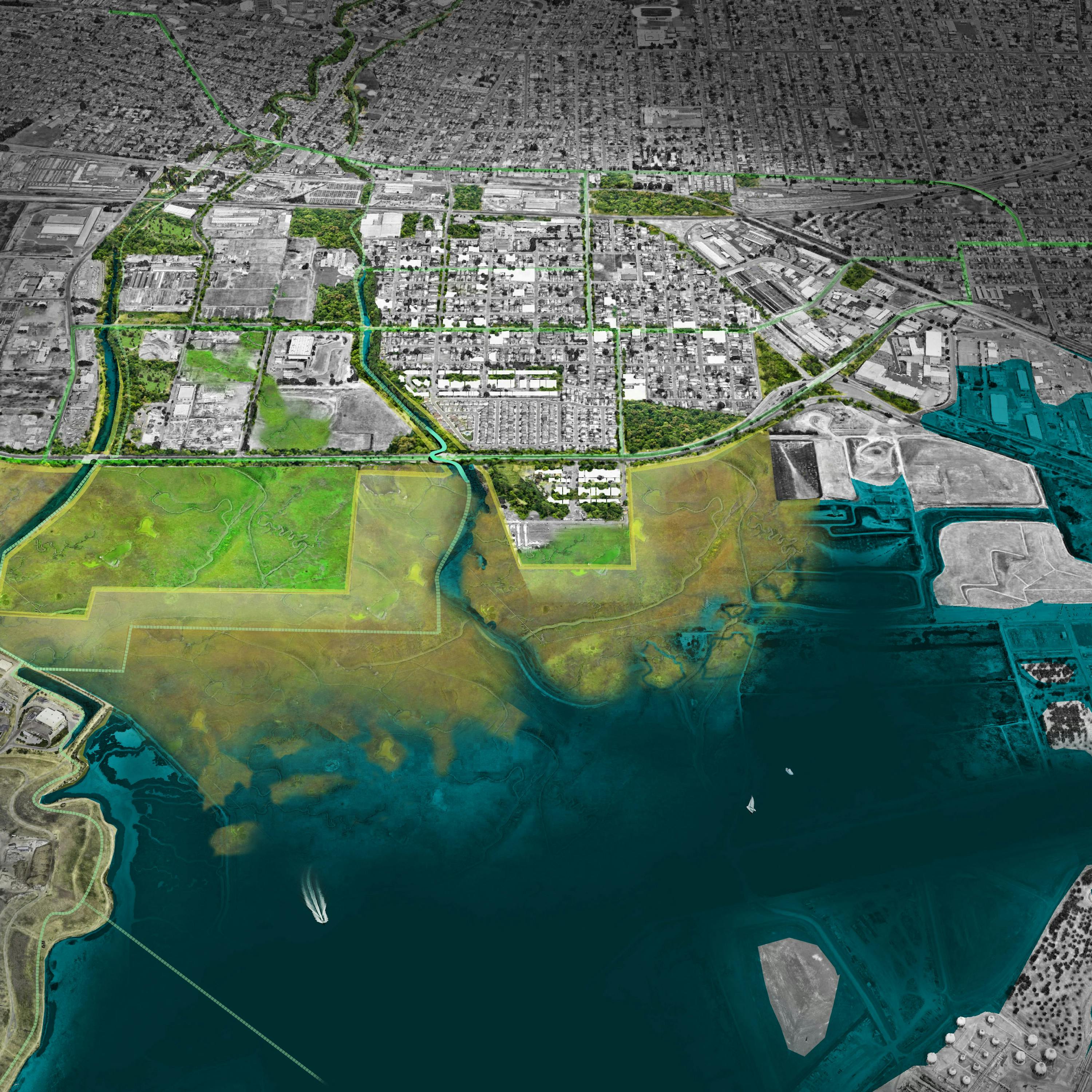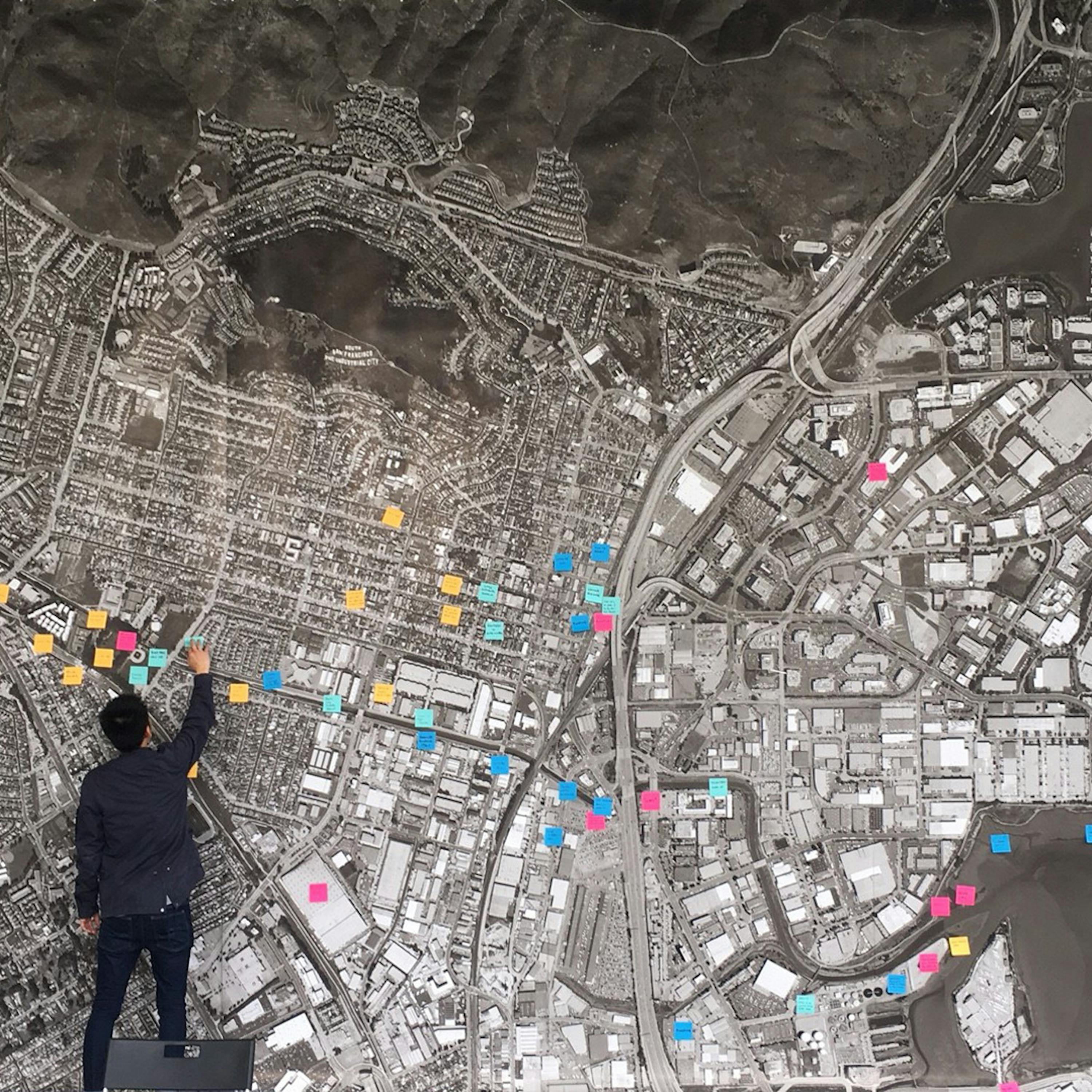Looks Green. Certified Green. But How Green Is It?
In this guest column, design writer Justin Zhuang raises pertinent questions on “greenwashing” that architects and other built environment professionals in our community must ethically confront address. The mere act of constructing a new building – even if it is certified “green” – adds significantly to our carbon footprint, with ramifications for the climate crisis affecting all of us.
Photo credits: Marvin Tang

Cities today look greener than before. Many new buildings come with terraces and rooftops landscaped with greenery. They are also installed with a host of energy-saving technologies that make them certified “green buildings”. Yet, according to the United Nations Environment Programme’s Global Status Report for Buildings and Construction, the sector’s carbon emissions worldwide reached an all-time high in 2022. It is also not on track to achieve decarbonisation by 2050, and the gap between the sector’s climate performance and the pathway to decarbonisation is only widening.
In Singapore, buildings account for over a fifth of our carbon emissions today. A Singapore Green Building Masterplan has been drawn up to help the city-state achieve net-zero carbon emissions by or around 2050. It aims to do so by greening 80 percent of buildings by Gross Floor Area, having 80 percent of new developments be “super low energy” buildings and achieving 80 percent improvement in energy efficiency for best-in-class green buildings. These laudable goals are one reason why urban development in Singapore remains unabated. All around the city, one continues encountering the familiar sight of construction hoardings plastered with promises of new condominiums, offices and other commercial developments.
There is no doubt that many of these new buildings will meet the regulatory “green” requirements and even add greenery to our “City in Nature”. But how green are they really in terms of reducing the emissions of carbon dioxide that contribute to global warming? The proliferation of green programmes driving the existing building masterplan has obscured discussions on the true impact that the sector continues to wreck on our environment. Although they have helped it make measurable efforts to build sustainably, many architects, developers and building owners have also used these professional tools as a convenient means to fulfil their ethical responsibility. They equate meeting the masterplan’s goals—which is really the lowest common denominator of becoming “green”—as absolving the sector of its environmental harm.
Even worse is how it has generated a mirage of green that lulls the public to believe that cities can become “greener” by designing more new buildings that are draped in greenery and installed with energy-efficient solutions. It is greenwashing. The making of a building is inherently not green. Any new development, regardless of how “green” its design, consumes a lot of energy and consequently gives out carbon emissions. If the buildings and construction sector is sincere about helping Singapore and the world decarbonised, it needs to set higher standards for what “green” buildings and cities should be. Programmes should be based on first principles of what is good for the environment. Here is one: Do not tear down a building for redevelopment unless absolutely necessary. Just as there are programmes to encourage the inclusion of greenery and energy-efficient solutions onto new buildings, lets ensure developers and architects seriously explore adaptive reuse of old buildings and even incentivise its adoption. Simply by not demolishing we avoid the release of embodied carbon that significantly negates the benefits of any “green building” replacement.
As stewards of our built environment, developers, architects, building owners and the state must step up to show how buildings and cities can and should respond to the climate crisis. The growing gallery of “green buildings” and greenery in Singapore will be what future generations have to live with. It may look greener than before, and even certified so. But all the “green” is making us miss the forest for the trees—that our existing model of sustainable urban development is burning up our planet faster than ever before.


